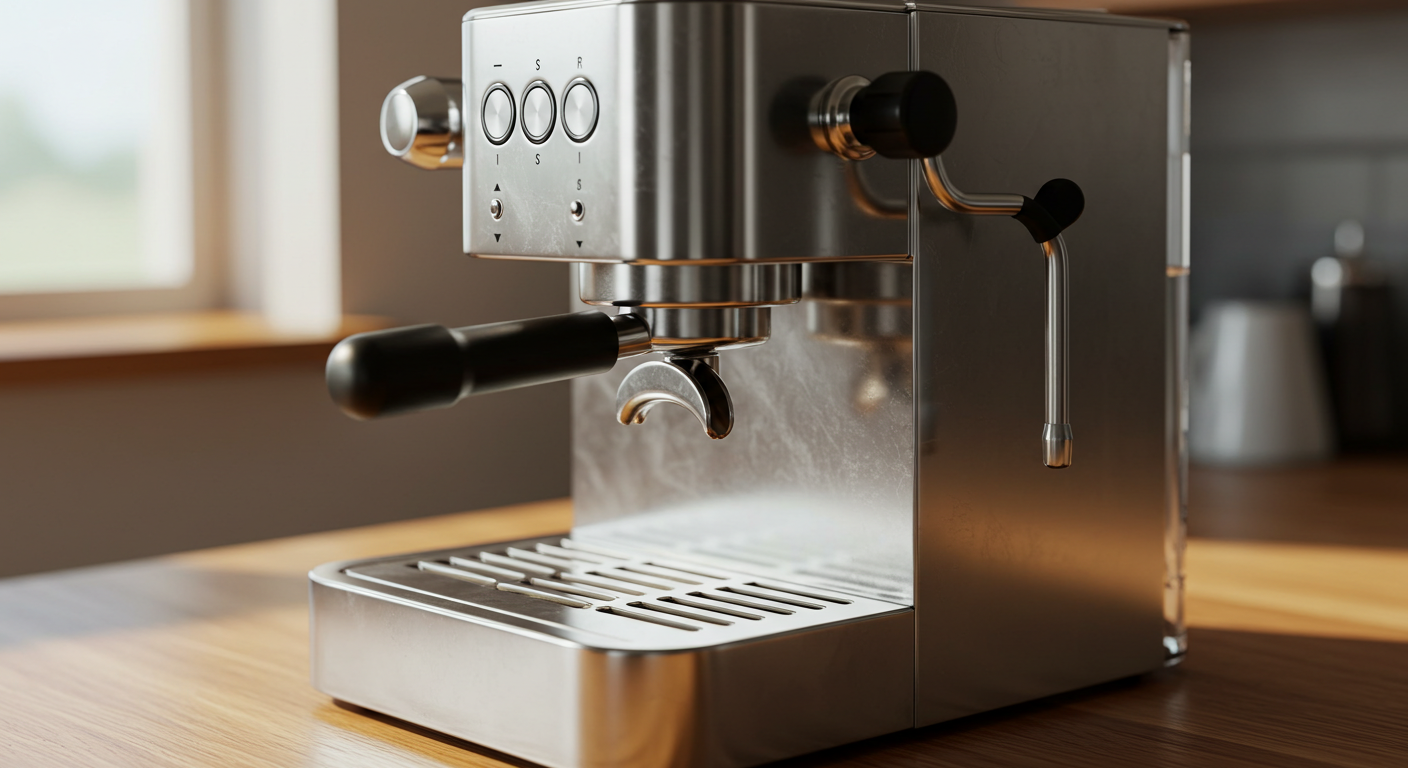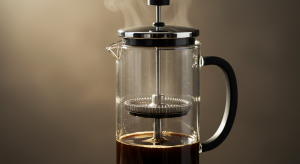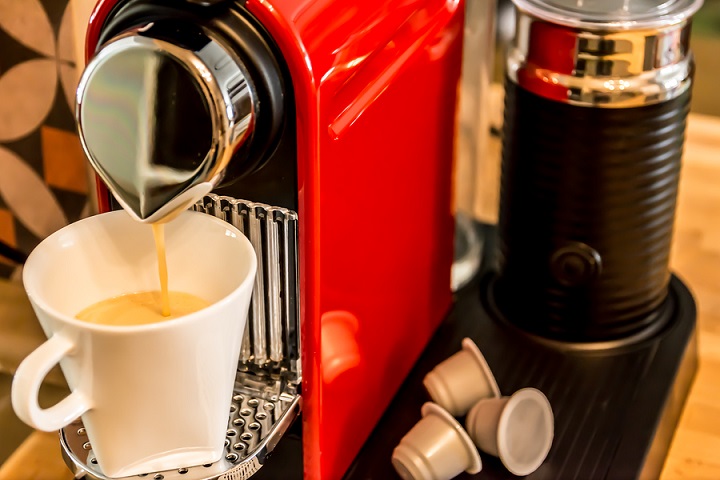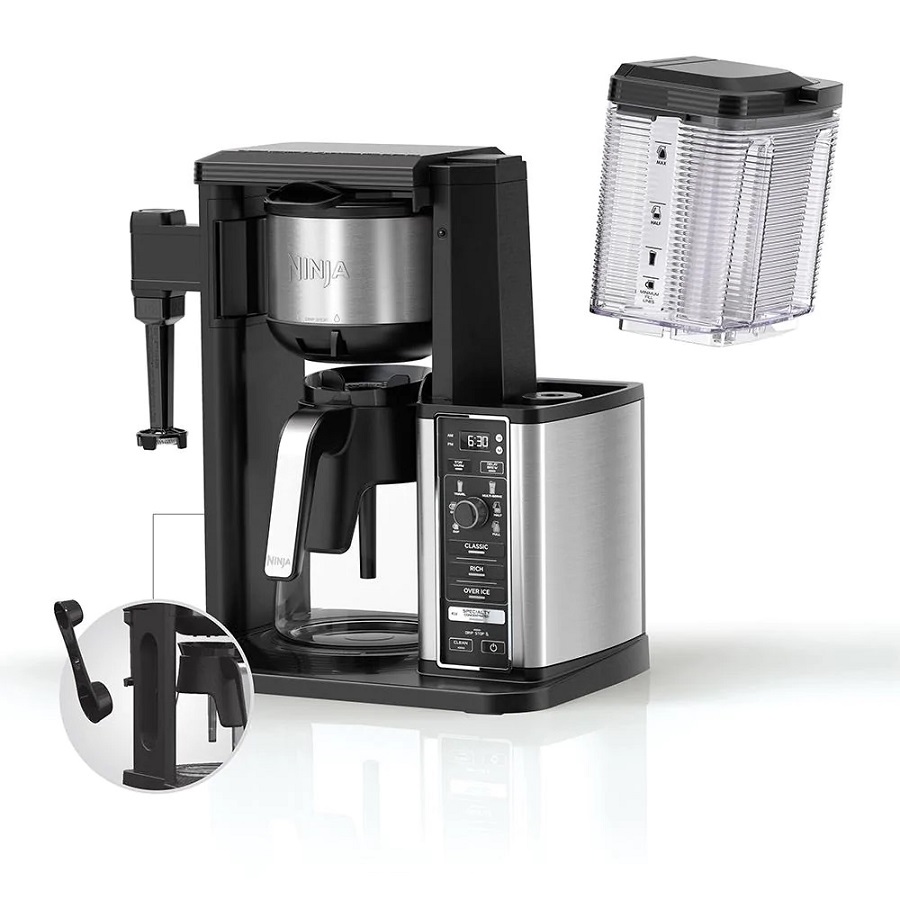Cleaning your coffee maker doesn’t have to involve harsh chemicals or expensive products. In fact, knowing how to clean coffee maker naturally can help preserve the pure taste of your coffee, protect your health, and reduce your environmental impact. Below, you’ll find everything you need to know—step-by-step instructions, alternative methods, and expert tips to keep your coffee machine in top shape.
What We'll Cover
- Why Use Natural Cleaning Methods?
- Step-by-Step: How to Clean Coffee Maker Naturally with Vinegar
- 1. Gather Your Supplies
- 2. Create the Vinegar Solution
- 3. Fill and Run the Coffee Maker
- 4. Rinse Thoroughly
- 5. Repeat If Needed
- Other Natural Methods for a Sparkling Coffee Maker
- FAQs
- How Often Should You Clean a Coffee Maker?
- Can Natural Methods Remove Mold?
- What About the Carafe?
- How Do I Prevent Future Buildup?
- Using a Simple Formula: Vinegar-to-Water Ratios
- Additional Tips and Tricks
- Conclusion: Take Action for a Cleaner, Tastier Brew
Why Use Natural Cleaning Methods?

Preserves Coffee Flavor
Coffee oils can build up inside your coffee maker over time. These residues affect the taste of your brew. By learning how to clean coffee maker naturally, you eliminate chemical residues that could alter the rich flavor of your favorite roast.
Protects Your Health
According to the National Coffee Association (NCAUSA), about 62% of American adults drink coffee every day. This high consumption means whatever residue lingers in your coffee machine ends up in your cup. Opting for natural solutions like vinegar or lemon juice helps minimize exposure to synthetic cleaners.
Eco-Friendly Approach
Conventional cleaning solutions can introduce harmful substances into local water systems. Vinegar, baking soda, and lemon juice are biodegradable and cause minimal environmental impact. Learning to clean your coffee pot naturally ensures you’re taking a greener route.
Step-by-Step: How to Clean Coffee Maker Naturally with Vinegar
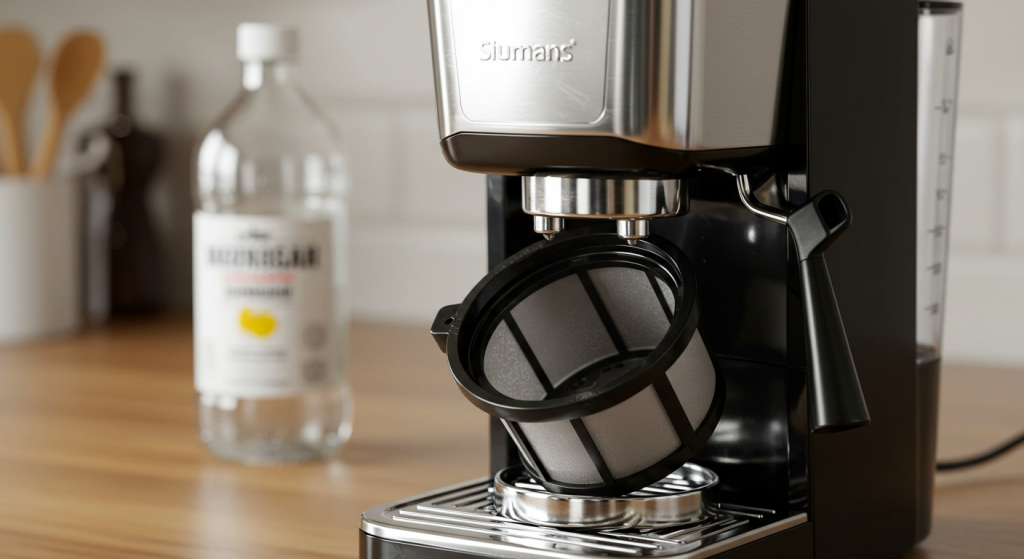
Many experts consider vinegar one of the best natural solutions for removing mineral deposits and killing bacteria. Plus, vinegar is relatively inexpensive and easy to find.
1. Gather Your Supplies
- White distilled vinegar
- Water
- Clean cloth or sponge
2. Create the Vinegar Solution
- Mix equal parts of white vinegar and water.
- If you have a 12-cup reservoir, fill it with 6 cups of vinegar and 6 cups of water.
TIP: According to Wikipedia: Vinegar, acetic acid in vinegar acts as a powerful yet natural disinfectant, capable of dissolving mineral buildup.
3. Fill and Run the Coffee Maker
Pour the vinegar-water mixture into the reservoir. Run your coffee maker as if you’re brewing a regular pot of coffee. Midway through the cycle, pause it for 15–20 minutes. This dwell time allows the vinegar to break down stubborn deposits.
4. Rinse Thoroughly
After the full cycle completes, empty the carafe. Rinse it, then fill the reservoir with fresh water and run another full cycle. This step removes any lingering vinegar odor or taste.
5. Repeat If Needed
If you notice a strong vinegar smell after the first rinse, perform another water-only cycle. This ensures your coffee pot is completely free of any acidic tang.
Other Natural Methods for a Sparkling Coffee Maker
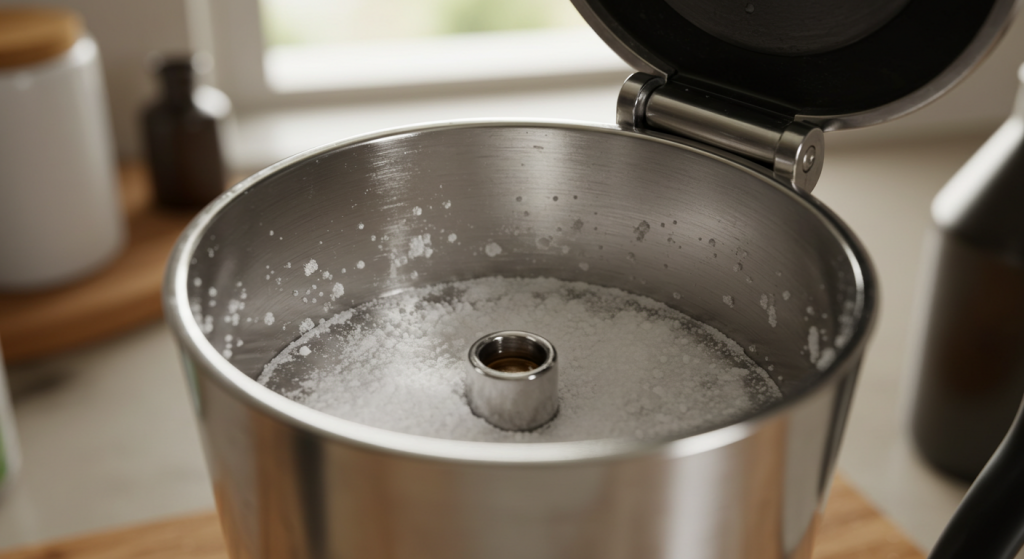
While vinegar is the most common go-to, you can also clean your coffee maker naturally using lemon juice or baking soda. Pick the method that best suits your situation or the supplies you have on hand.
Lemon Juice
Fresh lemon juice contains citric acid, which works similarly to vinegar in breaking down limescale and mineral deposits.
- Mix one part lemon juice with two parts water.
- Run a brewing cycle, pause halfway for 15 minutes, then continue.
- Follow up with a plain water cycle.
Pros: Leaves a fresh, citrusy aroma.
Cons: Might be costlier if you have a large machine.
Baking Soda
Baking soda is mildly abrasive and excellent at odor neutralization.
- Dissolve ¼ cup of baking soda into a cup of warm water.
- Pour it into the reservoir, then add water until you fill the machine.
- Run a cycle and rinse thoroughly.
Pros: Inexpensive, widely available, great for removing stubborn stains.
Cons: May require thorough rinsing to remove any residue.
FAQs
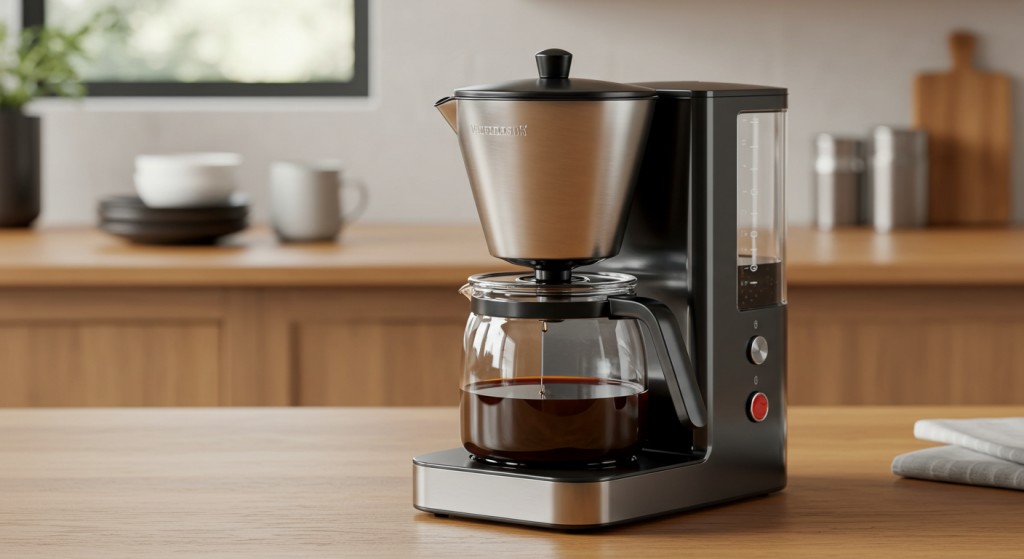
How Often Should You Clean a Coffee Maker?
Experts recommend a deep cleaning at least once a month if you brew coffee daily. If you use the machine multiple times a day, consider cleaning every two weeks. For lighter use, every two months should suffice.
Can Natural Methods Remove Mold?
Yes. Vinegar, lemon juice, and baking soda all have antimicrobial properties, though vinegar and lemon juice are more potent. Mold usually grows in moist areas like water reservoirs or carafes. Ensure you run a full cleaning cycle and dry all removable parts to prevent regrowth.
What About the Carafe?
Coffee stains often build up in the carafe. Fill it with warm water, add a tablespoon of baking soda, and let it sit for 30 minutes. Then scrub gently with a sponge or bottle brush. Rinse well.
How Do I Prevent Future Buildup?
Always empty the carafe of leftover coffee and leave the lid open so everything can air out. Wipe down removable parts with mild soap and water after each use. Regular upkeep can save you from intense cleanings later.
Using a Simple Formula: Vinegar-to-Water Ratios
Below is a quick reference table showing standard vinegar-to-water ratios for different reservoir sizes:
| Reservoir Size | Vinegar (Cups) | Water (Cups) |
|---|---|---|
| 4-Cup Maker | 2 | 2 |
| 8-Cup Maker | 4 | 4 |
| 10-Cup Maker | 5 | 5 |
| 12-Cup Maker | 6 | 6 |
This table helps you adjust measurements so you always know how to clean coffee maker naturally without guesswork.
Additional Tips and Tricks

-
Remove and Soak Removable Parts
Take out filters, carafe lids, and any detachable pieces. Soak them in warm soapy water for about 15 minutes. This ensures you reach spots your brew cycle can’t. -
Use a Soft Cloth or Brush
Hard-bristled brushes can scratch plastic parts. Stick to soft sponges or microfiber cloths to avoid damaging the coffee maker. -
Try a Monthly Schedule
Mark your calendar or set a phone reminder. Consistency is key in preventing mineral deposits and mold growth. -
Refer to Manufacturer Guidelines
While natural solutions are generally safe, some machine warranties may have specific instructions for cleaning.
Conclusion: Take Action for a Cleaner, Tastier Brew
Knowing how to clean coffee maker naturally ensures you enjoy the freshest, purest cup possible. Whether you choose vinegar, lemon juice, or baking soda, these eco-friendly methods will keep your coffee machine free from mineral buildup, bacteria, and foul odors. Aim to clean your coffee pot naturally at least once a month, and don’t forget the simple step of wiping down removable parts after each use.
With a little consistency and the right natural cleaning solutions, you’ll protect your health, the environment, and the exceptional flavor of every cup. So take a moment today—mix up a simple vinegar or lemon juice solution, run that cycle, and taste the difference in tomorrow’s brew!
The responses below are not provided, commissioned, reviewed, approved, or otherwise endorsed by any financial entity or advertiser. It is not the advertiser’s responsibility to ensure all posts and/or questions are answered.
